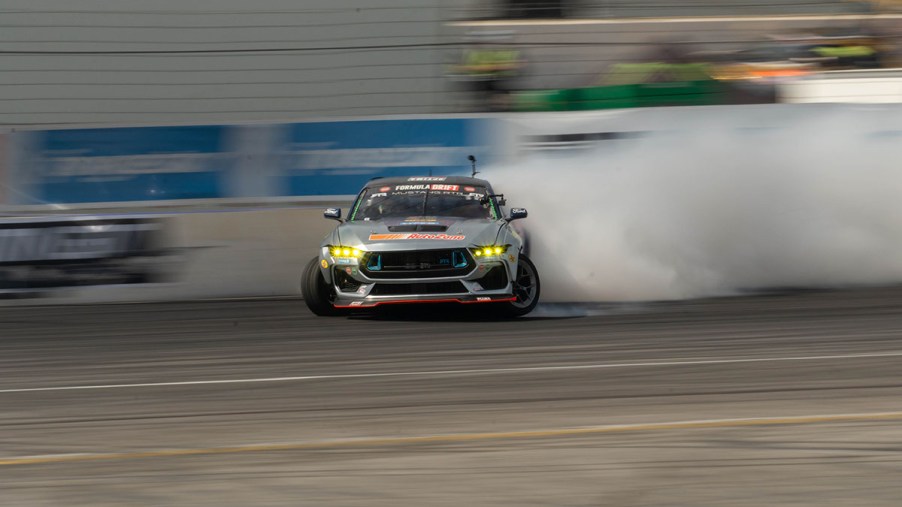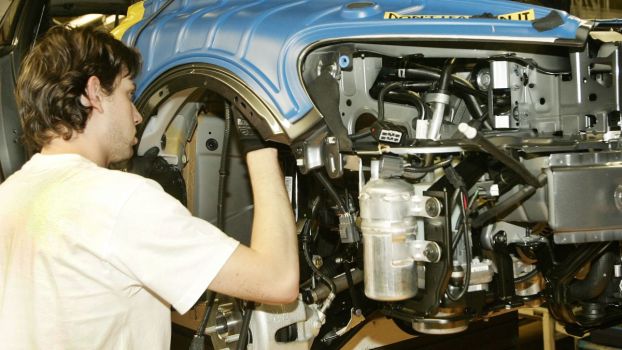
What Is a Limited Slip Differential?
In this article:
When shopping for sports cars, you’ll often find ‘limited slip differential’ on the list of selling points. Having a limited-slip diff (LSD) on a sports car delivers improved handling. Moreover, it has applications that you won’t encounter during your daily drive. So what is an LSD, and why do so many sports cars have them?
Open vs. locked vs. limited slip differential

A limited-slip differential has one job – to transfer torque to the wheel with the most grip. When driving out of a corner, the limited-slip differential offers more confident acceleration than an open differential. The open differential style is found on most modern passenger cars, as it is a simple system.
It offers smoother cornering ability, sending power through the path of least resistance. However, that is often the outside wheel in a corner. That also means it will keep a spinning wheel spinning, even when it loses traction.
A locked differential, on the other hand, always sends power to both wheels with equal force. That leads to more oversteer, as the inside wheel attempts to spin at the same speed as the outside wheel. Since that is an unnatural tendency, it leads to uncontrolled wheelspin and a wild ride. Great for drifting and traction when off-roading, but not so great for road or racing applications.
A limited slip diff, in contrast, can control how much torque goes to each rear wheel, depending on the grip level. The result is improved acceleration and control, but there are additional applications in sports cars. For example, many sports car drivers need to manage slip angle under acceleration. Since the optimal driving often involves applying power while still cornering, an LSD makes it easier to manage both grip and wheelspin.
When the LSD ‘locks’ it spreads the torque across both rear wheels giving the driver better control of a slide with their throttle application. As such, a limited-slip differential helps everything from track driving to drifting and even a burnout. Moreover, an LSD can never lock 100%, so there is always some semblance of balance even when maxed out in high-load situations.
A limited-slip differential works best for rear-wheel drive cars

You’ll mostly find limited slip differentials in rear-wheel drive sports cars. They’re optional on cars like the Mazda MX-5 Miata, but come standard on BMW’s M-branded cars, including the M240i and M340i. Performance-focused cars almost always offer some version of LSD either as standard or optional and those with rear-wheel drive (or rear-focused all-wheel drive) see big benefits, especially on slick-surface driving or on track.
Can a front-wheel drive car have an LSD?
It’s not as common, but some front-wheel drive cars offer limited slip differentials to help with torque steer. The problem is more complex, as front-drive cars both steer and accelerate with the front tires. However, cars like the Mazdaspeed3 came with a differential from the factory. Meanwhile, the Ford Focus ST and every GTI after MK5 come with an electronic differential to help reduce torque steer and on-power understeer.
Should you add a limited-slip differential to your car?
For most daily driving, a limited-slip differential will largely go unnoticed. Today’s traction control, stability control, and torque vectoring technology reduce the need for an LSD for most drivers. But if you want a high-performance driving experience or plan on doing track work or drifting in your sports car, a limited-slip differential is a worthwhile upgrade.




